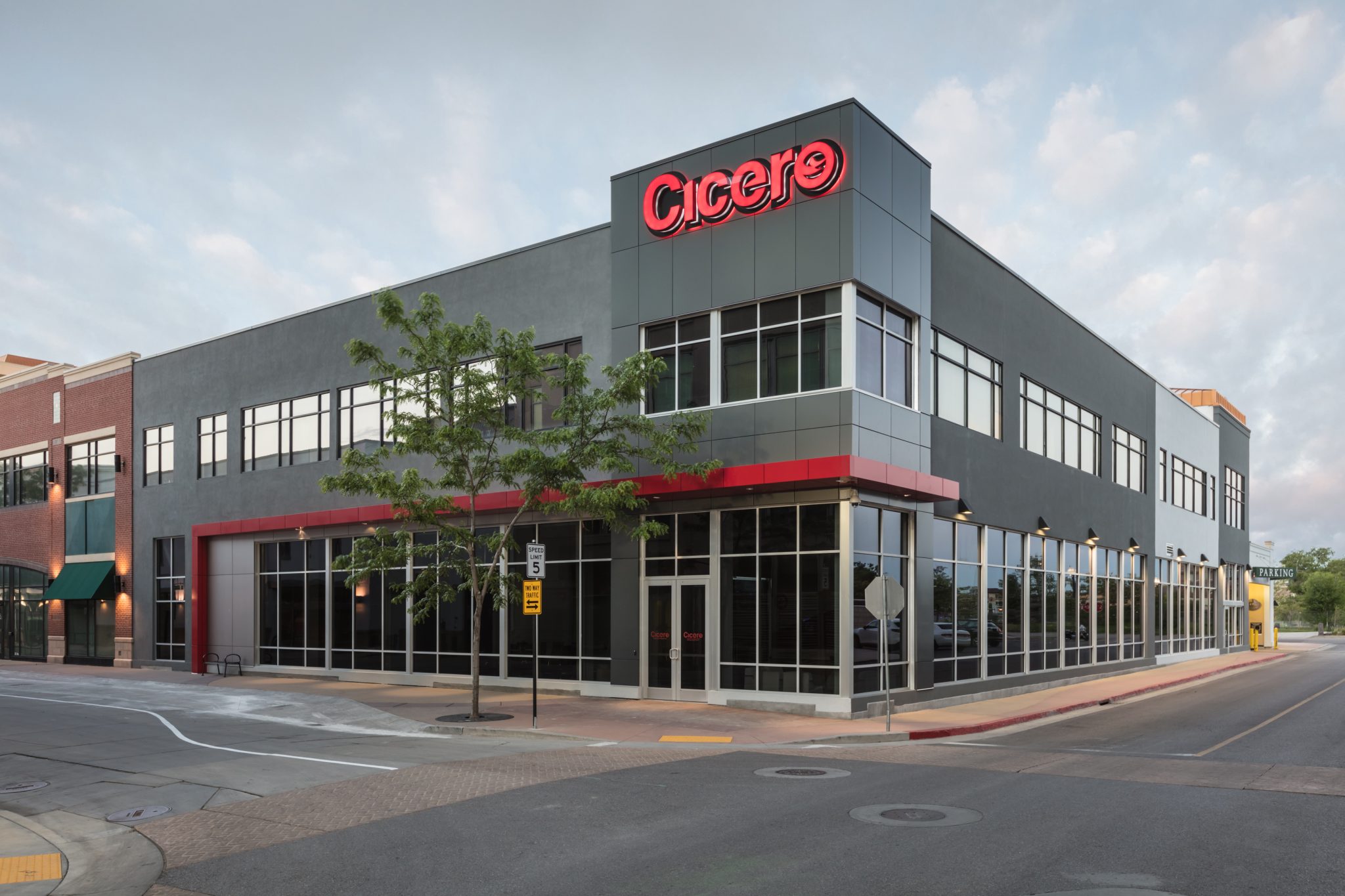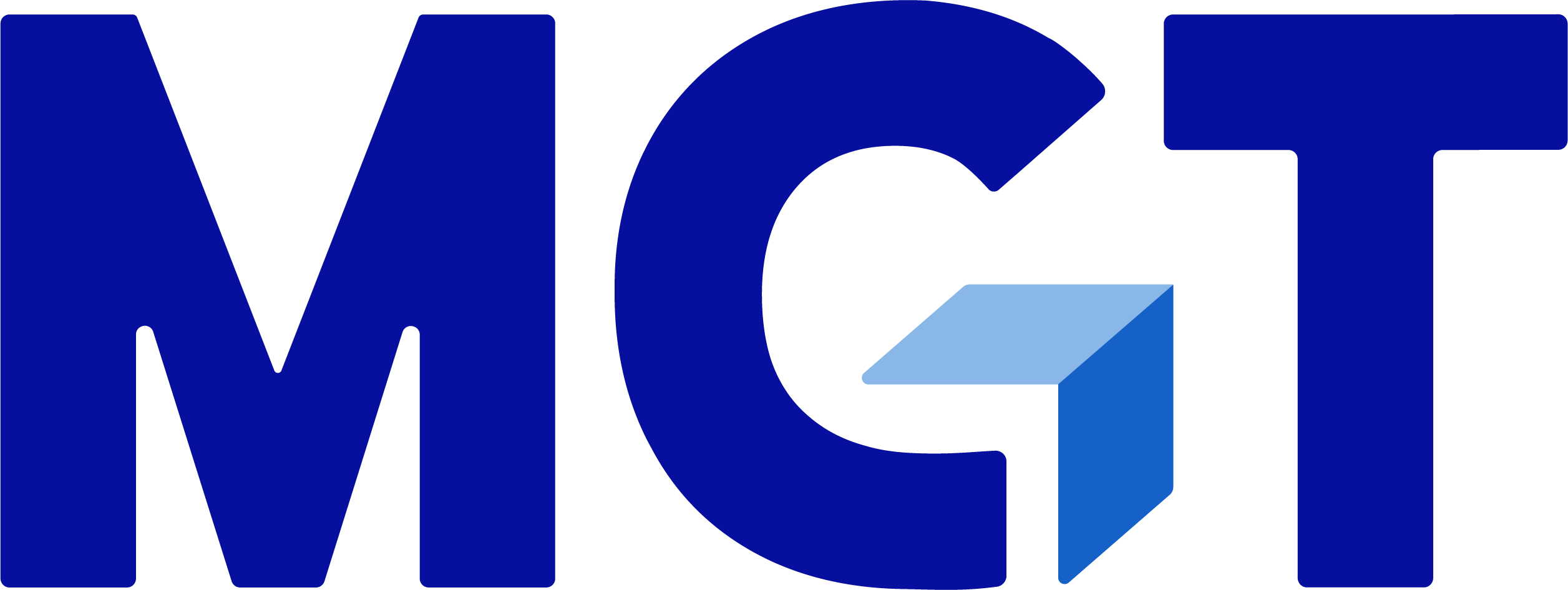Located in the Four Corners area, Whitehorse High School serves approximately 270 students in grades 7-12 from the Navajo Nation. Kimberly Dee, a science teacher at Whitehorse, has been an integral part of the school’s recent transformation efforts and currently serves on the School Transformation Team as a teacher leader. As a member of the Navajo community, she has a unique perspective on the importance of culturally responsive teaching, and she has worked extensively to help Whitehorse fulfill its commitment to provide high-quality education to all of its students.
Recently, we sat down with Kimberly to learn more about what led her to Whitehorse and what she hopes to accomplish as an educator.
You’re now in your second year at Whitehorse. What motivated you to become an educator, and how did you come to Whitehorse?
KD: I went to school on the reservation and realized pretty quickly that I didn’t get a good education. I had to take remedial classes in college, which was frustrating. I originally thought about going into medicine, but didn’t feel like I was making a difference just gathering statistics and doing research.
I knew I wanted to be near family and there has always been a lack of Native educators in the community. So I started working as a part-time teacher at the elementary school, but when I saw an opening at Whitehorse, I decided to apply because I wanted to work with secondary students. I know this was a good decision. Just the other day, I had a student say to me, “Miss Dee, do you know how terrible that bus ride is? But, I take that bus ride just so I can be here for your class.” It’s so exciting to see kids when their light bulbs turn on.
Whitehorse is unique for many reasons, one being that it is located in and serves students from the Navajo Nation. As a teacher who is also Navajo, how do you integrate the richness of the Navajo culture into your classroom instruction?
KD: The language—I can relate to them in that way. Our scholars lack academic vocabulary in English, but they know it in Navajo, so I can help translate the words for them so they know English academic vocabulary as well. I also speak Navajo to help with classroom management. It means more to the scholars in Navajo.
In my biology class, I relate it to what is going on around us, and that is similar to Navajo culture—we interact with the earth and affect it with our decisions. I constantly try to connect biology and science with Navajo culture.
Teaching and interacting with students in a culturally responsive way can be challenging for many educators, especially if they do not share the same cultural background as their students. What is your advice for teachers who want to improve in this regard?
KD: Patience and understanding. Teachers need to go in with a clear conscience. You can’t go in thinking, “Oh, it’s a Title I school, the kids don’t know anything.” These kids are so smart, they just learn differently. Just keep an open mind because the scholars can see it when you come in with a closed mind. Ask questions. Be confident in your teaching and have passion for teaching and know what you’re talking about.
Whitehorse has experienced some incredibly positive growth over the past year. What has made this possible, and what kinds of changes have you seen in your scholars?
KD: I think that leadership is key. We wouldn’t have been able to make these changes without a strong leader like Ms. Schaefer (Whitehorse’s principal). Also, all the teachers are working on being prepared. Everyone has worked around the learner-centered problem[1]——everyone is taking it and applying it in their class to help students learn. I’ve received a lot of positive feedback from students and they are more engaged—they want to know more. The “Aha” moments are so awesome!
One of the most important and difficult aspects of school transformation is sustaining momentum in the long run. How is Whitehorse tackling this challenge?
KD: Everyone here is really on a team—there is no “I.” Having a team that wants to work together is what will keep this going. We need to continue doing what we’re doing. The positive feedback from the state and Ed Direction through data and statistics shows that what we are doing is working, so let’s keep it going. Once we start relaxing, things will start breaking down. We will always have teacher turnover, but by continuing the learning sessions for teachers who come and go, we’ll keep the work moving. Also, our strong leadership is key—they keep us motivated and make sure we are doing what’s best for our kids.
[1] Learner-centered problems (LCPs) are problems of understanding or skill that underlie student performance, are high leverage, and common to many students.

